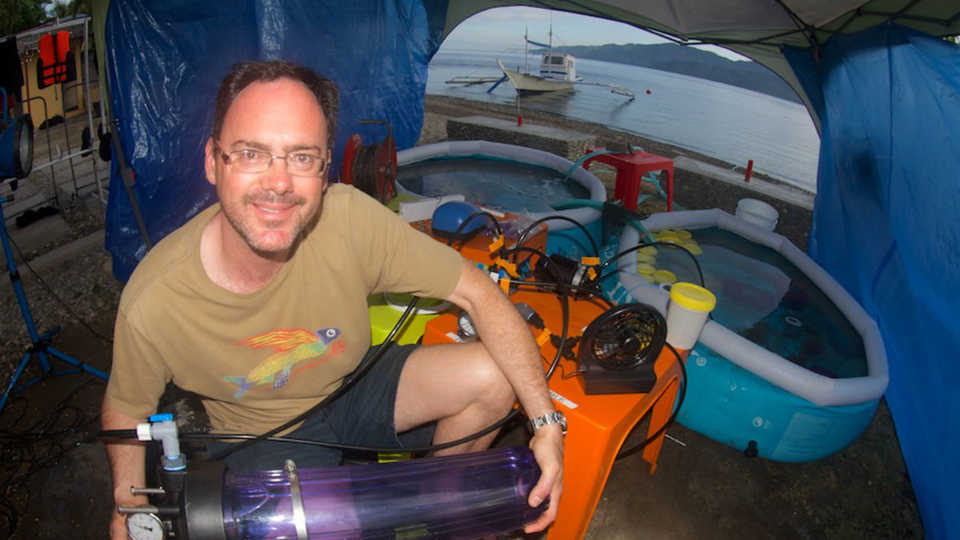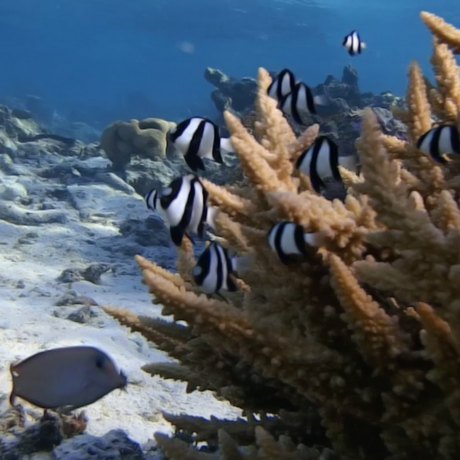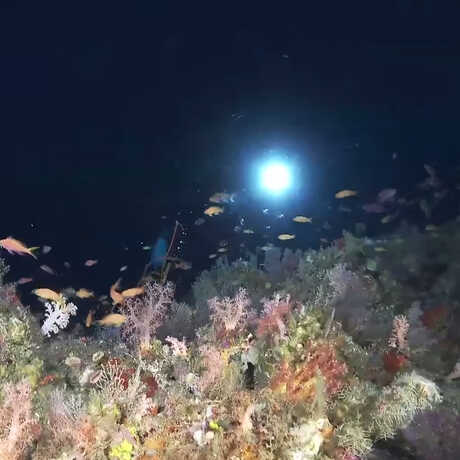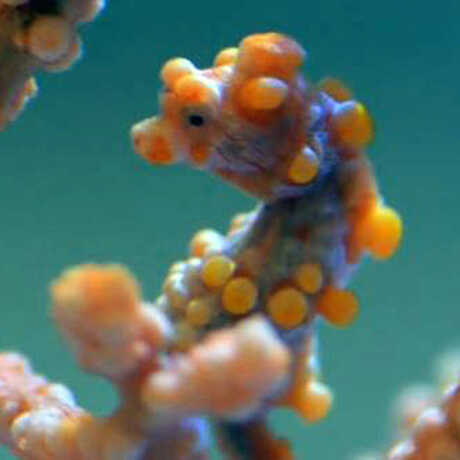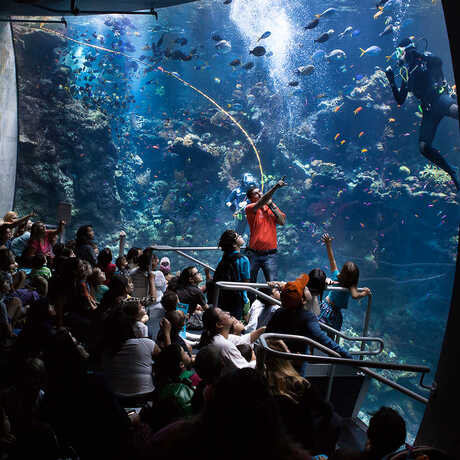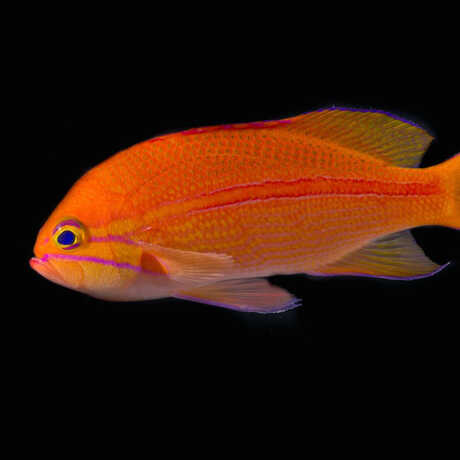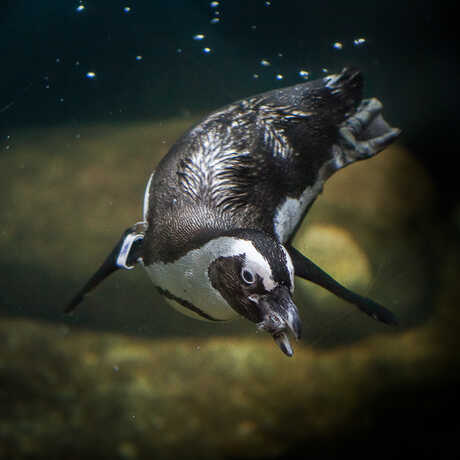Department: Steinhart Aquarium
Title: Senior Director, Steinhart Aquarium
Expeditions: 11
Number of Dives: 250+
Certifications: Open-Water diving, Advanced Open Water diving, Nitrox diving, diver propulsion vehicle use, Prism2 air diluent, closed-circuit rebreather diving
Videos:
Steinhart Aquarium, Then and Now
Philippine Coral Reef Exhibit
Collecting Corals
Preserving Our Shared Resource
Giant Stingray in the Philippines
Chat with an Academy Scientist
Related Website:
SECORE
Select Publications:
Click to view
